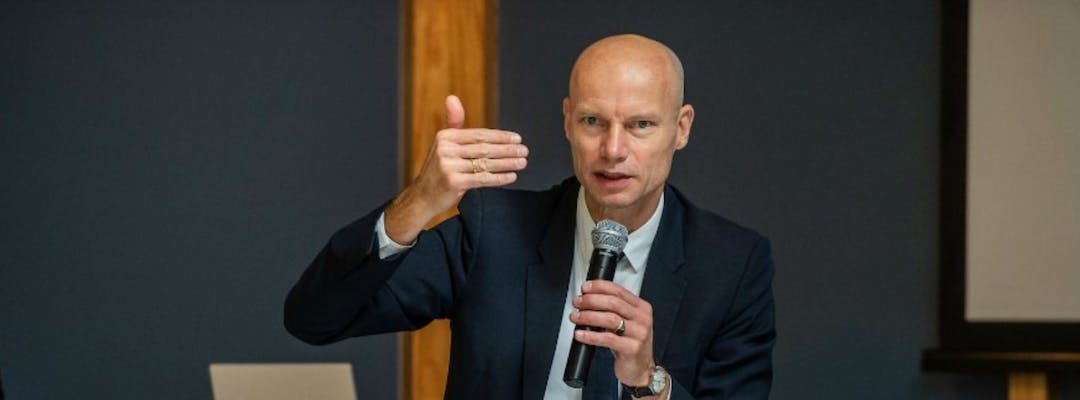
Interview: Henk Ovink about water opportunities in Asia
June 20, 2018
The Netherlands’ Special Envoy for International Water Affairs
Henk Ovink is the Netherlands’ Special Envoy for International Water Affairs. He travels the world to work with governments, engineers and local communities on solutions for water challenges. Recently he launched Water as Leverage for Resilient Cities Asia. An interview about this programme, the need to collaborate and the power of storytelling.
Challenge of addressing water crises in urban areas in Asi
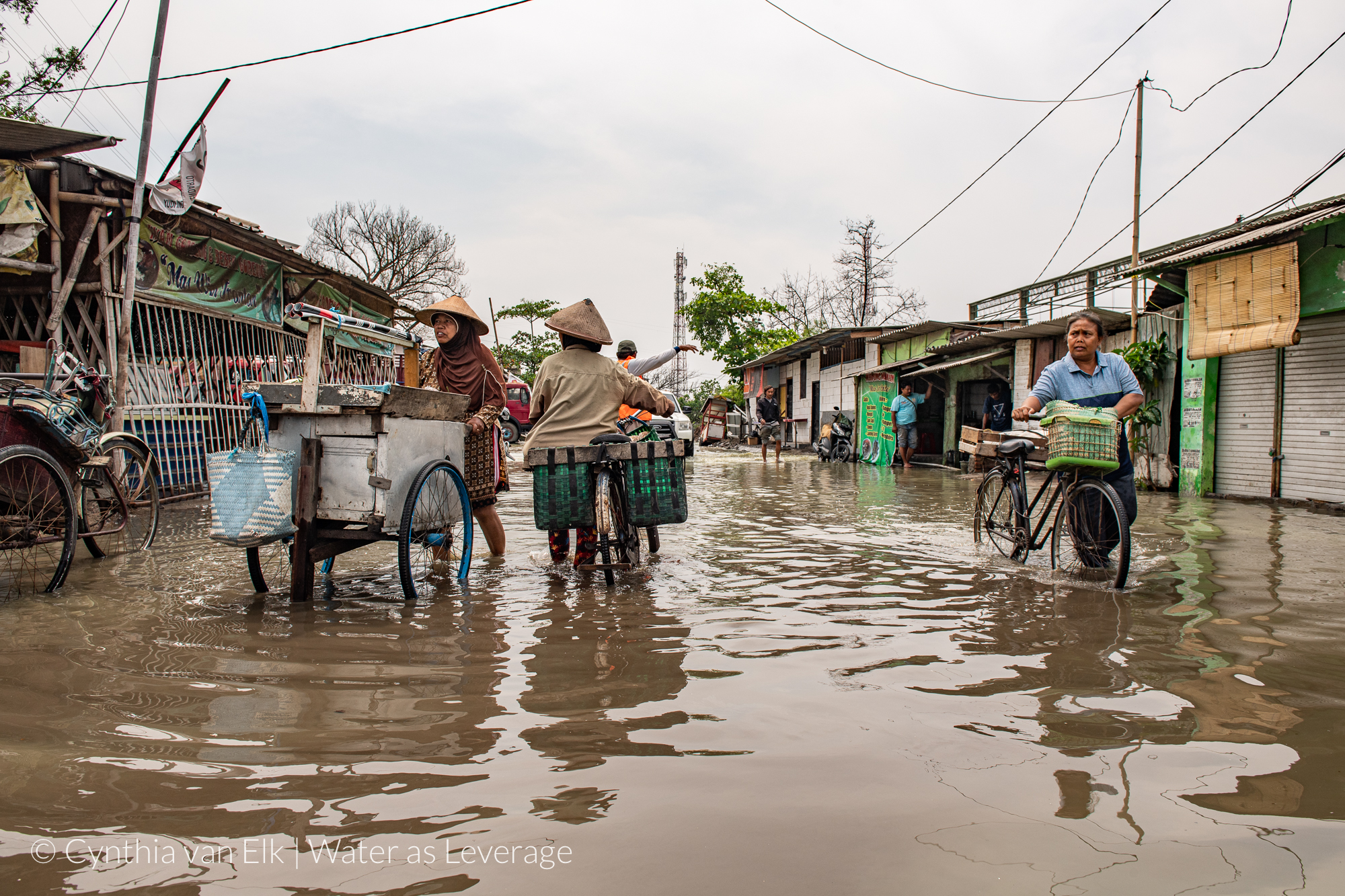
You take up the challenge of addressing water crises in urban areas in Asia. The programme Water as Leverage is collaborating with the cities of Chennai (India), Khulna (Bangladesh) and Semarang (Indonesia). Why Asia and not Africa or South America?
‘Drought, floods and other water-related problems occur everywhere in the world. The Middle East and Africa for example suffer from ever increasing droughts, while at the same time they lack the necessary availability and access to both safe drinking water and sanitation. In the Americas water quality, floods and rains hamper health and communities and also here droughts are becoming more extreme. Across the world 90% of all disasters is water-related.’
‘But Southeast Asia is hit hardest. Mixing in urbanisation, economic development and the number of people at risk, this region is perhaps the most vulnerable place on earth. When the extremes become more extreme, people in Asian cities are hit hardest.’
How did you start?
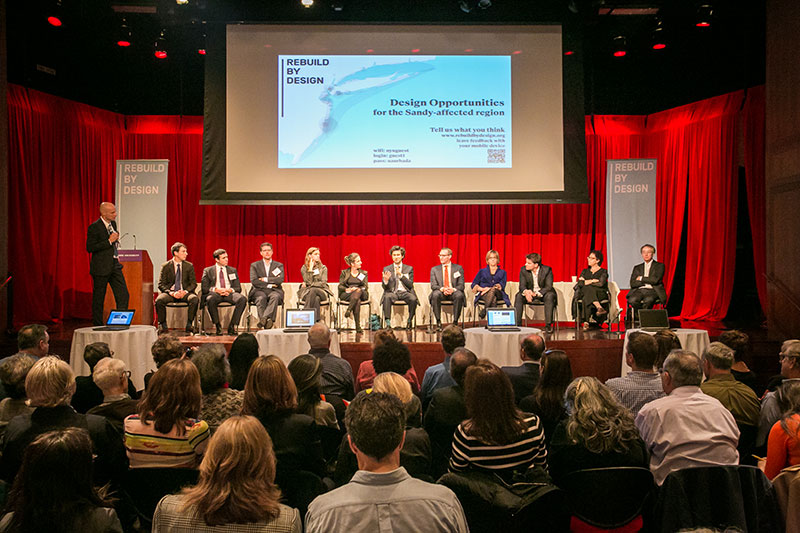
‘It all started with a conversation I had late 2016 with the President of the Asian Infrastructure Investment Bank (AIIB) Jin Liqun. We agreed that the need to tackle climate change fast and innovatively, is enormous, yet we lack the means and process to get to this approach.’
‘Inspired by my work for president Obama’s Hurricane Sandy Task Force and the Rebuild by Design competition, I first developed and led similar interventions to help the New York region leapfrog and become more resilient, again by collaboration and design.’ ‘The idea here is founded on two principles. Firstly, if we want to be able to tackle future challenges, that future in all its complexity should be our reference and inspiration. Secondly, we need to change our idea of coalitions, because all partners are needed from the beginning until the end – from inception phase to implementation and evaluation.’
‘We executed a thorough research in partnership with the Global Center of Excellence on Climate Change and the AIBB on the region’s urban, water and climate challenges, led by a consortium of research partners: Netherlands Environmental Assessment Agency, Deltares, International Architecture Biennale Rotterdam, Architecture Workroom Brussels, and Fabrications. Together we identified 20 plus cities in Southeast and South Asia with the toughest challenges and most appealing opportunities.’ ‘We selected three cities for the first competition, across the region with an array of interlinked urban, water and climate related challenges: Chennai in India, Khulna in Bangladesh and Semarang in Indonesia. Two of these are 100 Resilient Cities and one is a C40 City, both global networks of megacities have been very instrumental in their support.’
The Dutch researchers
Dutch researchers and partner cities abroad are involved. What can we expect from local stakeholders and financial donors?
‘This is not a challenge where foreign experts deliver abstract research and develop ideas based on their expertise and experience. This is a process where coalitions are built out of the local communities, coalitions where local talent is matched with the talent of the world.’
“The key is to come up with inclusive, comprehensive urban water solutions” ‘The severe challenges these communities face are massive and wicked and all closely linked to water: food security, energy, inequality, safety and health. The key is to come up with inclusive, comprehensive urban water solutions, while strengthening governance at the same time.’
‘We all know that these wicked problems can only be faced if we work jointly in coalitions during each step of the process. Local communities, NGOs, policy makers, scientists and designers need to partner and work together with businesses investors, foreign agencies like AIIB and the Dutch Development Bank FMO.’
‘The process to get to real innovation and transformation, is too often not financed, because it is not understood. That’s why we involve the investors upfront so they learn and increase their understanding of these innovative concepts while we develop them, hopefully resulting in them adapting their funding mechanisms accordingly.’
Good thing about silos
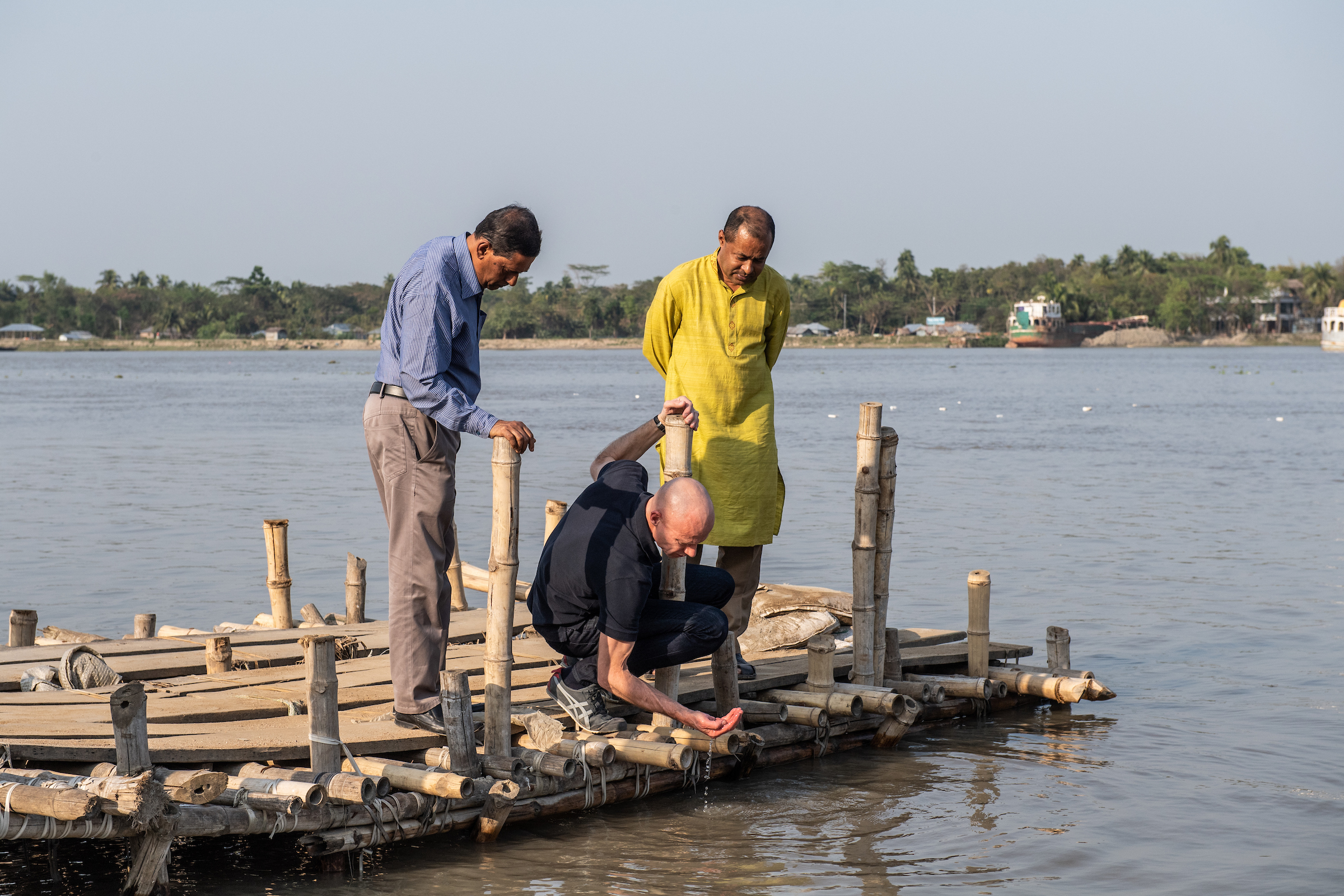
In countries like Bangladesh, water management, agriculture and urban planning are separate policy silos. How do you relate your coalition and integrated approach to the way local governments are organised?
‘I would like to quote Dutch Delta Commissioner Wim Kuijken. He said there is a good thing about silos, because we need in-depth knowledge and the best experts and the best expertise on all issues. Integration is important, but integration alone leads to shallow results. We need policy silos and specialists, as much as we need the integration of their bright ideas.’
‘It becomes problematic when there is insufficient collaboration between experts from different silos and a lack of integration between the knowledge, analyses and ideas. We need to bring people from different backgrounds, cultures and with different expertise, together.’
Design Competition
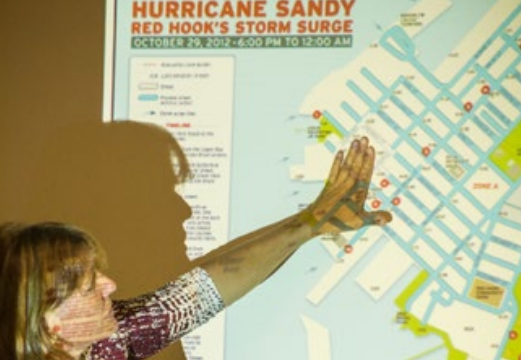
Following Hurricane Sandy in 2012, you were asked to join President Obama’s Hurricane Sandy Rebuilding Task Force. You initiated a design competition to improve the climate resilience of the New York region’s infrastructure. Which lessons learned from Rebuild by Design can now be used in Water as Leverage?
‘The Federal US government is probably as siloed as it can get: every state has its own constitution and governance. Every day we had to prove the existence of our Taskforce. Even with the support and endorsement of President Obama, we had to fight for our existence and battle the system.’
‘Obama did not want to waste this heartbreaking disaster. He wanted to use it as an opportunity for climate impact and real change, making America and the world more climate resilient.’
‘Fragmentation is not only found in the US, but also in Asia and the Netherlands. The way forward is radical inclusion of all stakeholders, across all interests, silos and layers of government and society.’
Integrated Approach
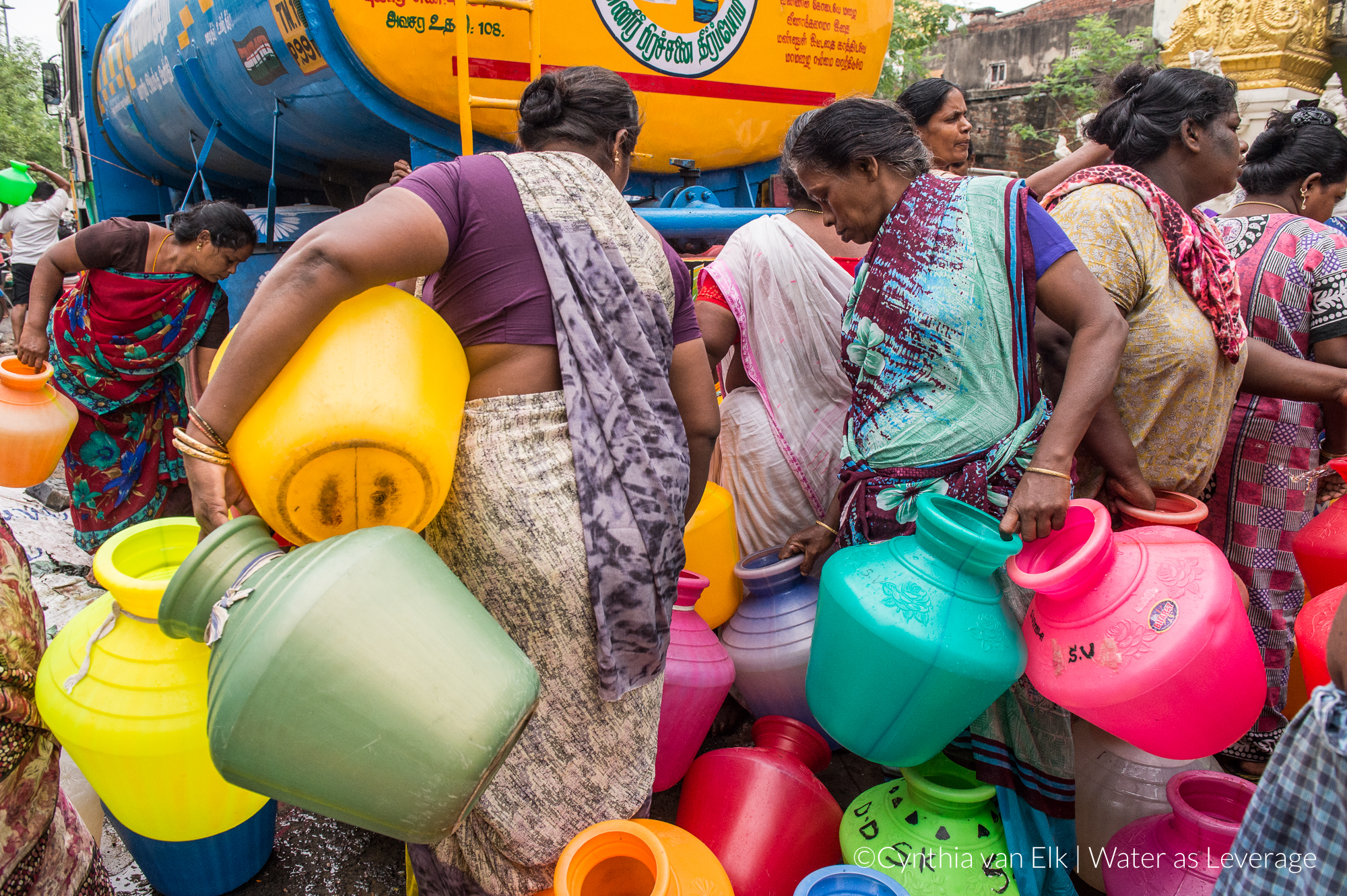
How do you convince people, working in more hierarchal structures, of such an integrated approach?
‘The coalition is critically important. As is the design approach in which solutions and integration become inspirational, where the design helps narrate the problem into aspirational solutions: yes, it can be done!’
‘Go local and contextualise your solutions with local communities, people that know the situation on the ground. Collaborate with people that have knowledge, but also people that want to collaborate on the implementation. Seek financial partners and implementation partners. Use their drive for results, impact and return on investment.’
‘Together this leads to a new common. This is the difference between the “normal” negotiation approach and the collaborative approach: with a negotiation you know what you want upfront, you set your targets and then you give in, you always lose something.’ ‘In a collaboration you don’t set your targets on what you want, but on what you bring to the table. By doing so, every stakeholder adds value. The result is that everyone gains added value for their interests and some surprises too.’
‘The key is in building coalitions that can agree on a new common. Then people will start working together to make this come true. Defining a new common and working on it is typical Dutch, yet not limited to the Netherlands – it can be universal.’
‘When I worked in Chennai I saw the same, coming from the Tamil culture. The Tamils also worked towards a mutual understanding and collaborated to make their new common come true. It is an approach that works everywhere in the world.’
New Common
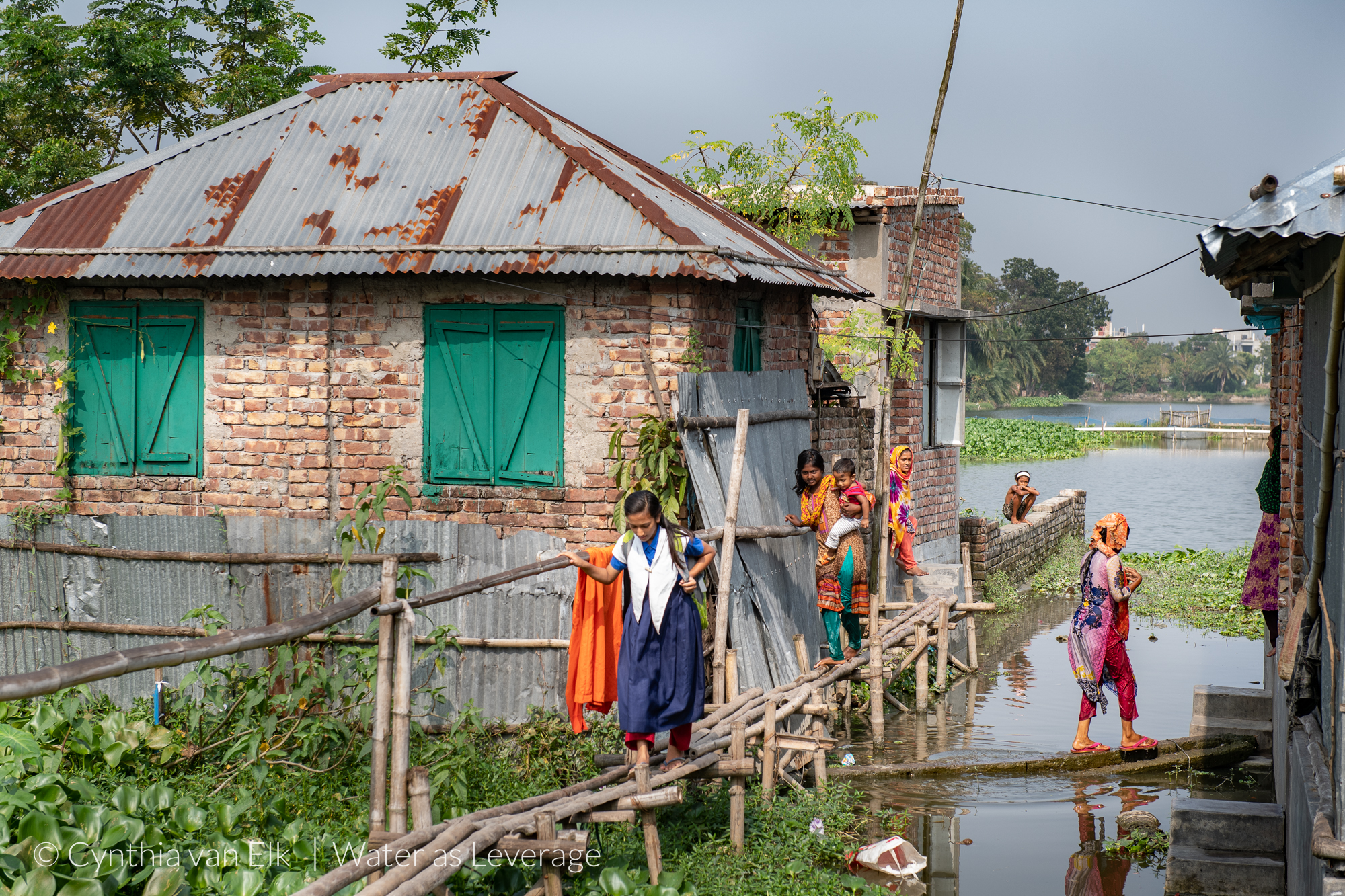
To define a new common, you need to get people from different walks of life to work together. A farmer in Khulna will be focused on maximising yield, while the engineer in Dhaka will be pre-occupied with infrastructural designs. How do you get them on the same page?
‘The interest and the need of the farmer and the engineer might be different. Though, they need to find solutions that benefit both. If the farmer takes a measure that harms the delta, it will not be beneficial for the community and will fail in the long run.’ “The common is not in where people come from, but in where they go to”
‘The same is true for the engineers. They have to take the interest of the farmer into account. Any intervention that harms the business case of the farmer will fail in the long run. The common is not in where people come from, but in where they go to.’ Is there a role for storytelling to play in this comprehensive approach?
‘Comprehensive plans are developed through inclusive processes, taking everyone’s needs, assets and views into account. Though, plans without projects fail and a project without a plan fails too – it will not change the lives, hearts and minds of people. The story of a plan can help to look forward. A story is inspirational.’
‘Storytelling belongs to the same family as design, both are aspirational and inspirational. It helps us to picture things, to make complex things understandable and to take a wide range of factors into account. We need storytelling and design to embrace complexity, while at the same time making things tangible and insightful for all.’